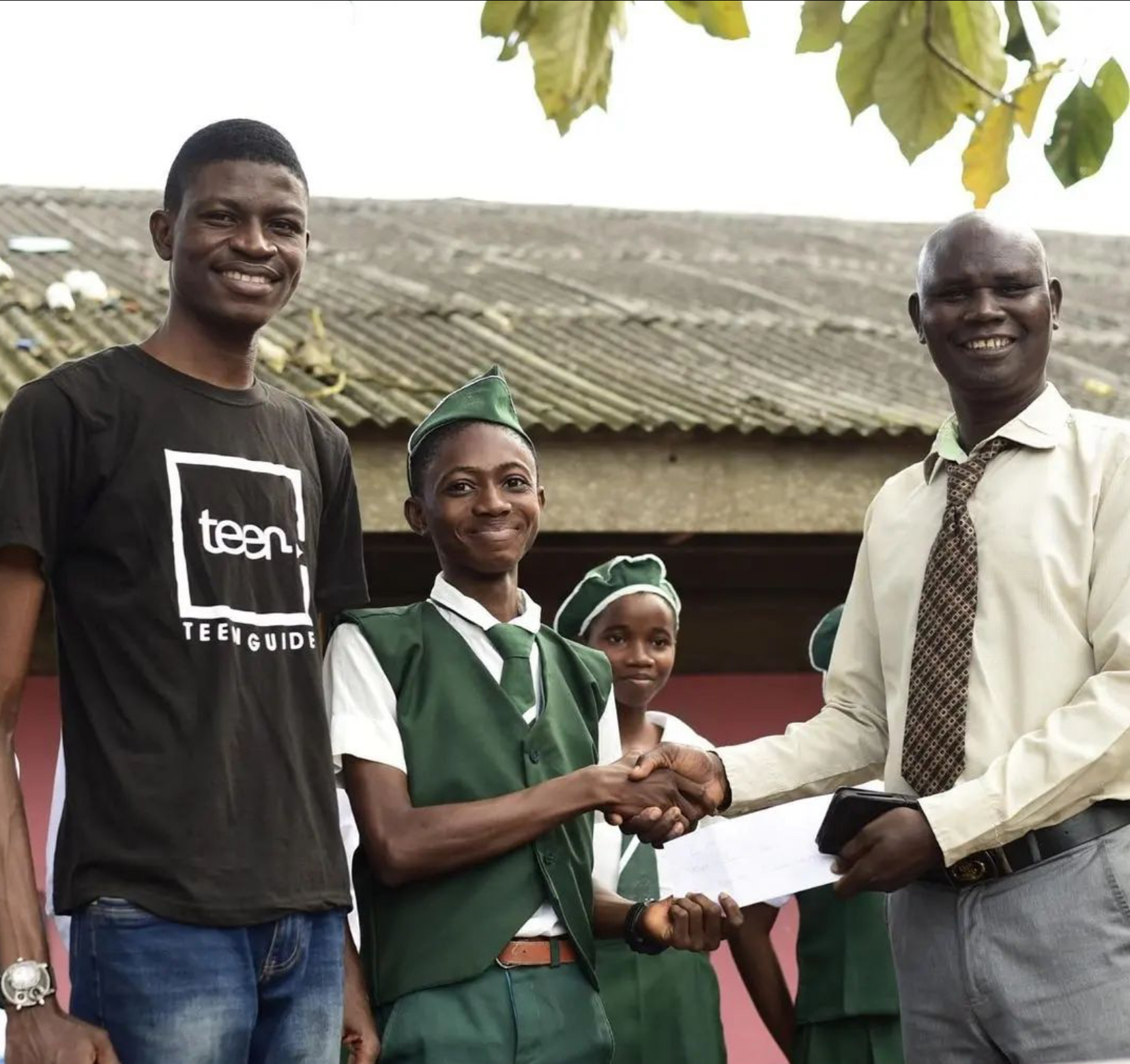
Engaging different communities through public sensitization and awareness events is a vital approach to raising awareness of human rights issues in Africa. These events serve as a platform to bring human rights concerns to the forefront of public consciousness and foster a more informed, empathetic, and active citizenry. Here's a more detailed exploration of this strategy:
-
Inclusivity and Accessibility:
- Our public sensitization events are all inclusive, ensuring that people from diverse backgrounds, ethnicities, and socioeconomic statuses participate. Events are often held in accessible locations, and efforts are made to accommodate the disabled and those with special needs.
-
Information Dissemination:
- These events provide a space for sharing information and knowledge about human rights. Experts, activists, and community leaders usually take advantage of our platform to convey the principles and significance of human rights, making them comprehensible to the general populace.
-
Empowering Communities:
- HRF Public awareness events empower communities by equipping them with knowledge about their rights. When individuals are aware of their rights, they are better positioned to advocate for themselves and others in their communities.
-
Local Context Integration:
- Our community sensitisation initiatives take into account the local cultural, historical, and social context. We ensure that human rights discussions are relevant and relatable to the community, making it more likely for people to embrace these concepts in their daily lives.
-
Addressing Specific Issues:
- HRF Public sensitization programs often target specific human rights issues that are particularly pressing in the region, such as gender-based violence, child labor, or access to clean water. This targeted approach ensures that the events directly address the concerns of the community.
-
Engagement and Participation:
- These events are designed to be interactive and participatory. They often include activities like group discussions, workshops, and role-playing, allowing community members to actively engage with the subject matter.
-
Storytelling and Personal Narratives:
- Personal stories and narratives are a powerful tool that we usually adopt in public sensitization. Sharing the experiences of those who have faced human rights violations can elicit empathy and understanding, making the issues more tangible.
-
Inspiring Advocacy:
- By participating in public sensitization events, community members are encouraged to become advocates for human rights. They learn about channels for reporting abuses, seeking legal redress, and influencing change at the local and national levels.
-
Community Mobilization:
- These events serve as a catalyst for community mobilization and action. Attendees may form human rights committees, grassroots movements, and also encourage local particlication to further human rights causes.
-
Media Engagement:
- Our public sensitization events often leverage media coverage to extend reach. Local radio, television, and newspapers also helps in spreading the message, ensuring a broader impact.
-
Government and Policy Engagement:
- Engaging with government officials and policymakers is another essential aspect of what we do. Advocating for policy change and legal reforms
-
Monitoring and Evaluation:
- To ensure the effectiveness of our community sensitisation, we often conduct assessments and gather feedback from participants, allowing them to adapt and improve future sensitization efforts.
-
Networking and Partnerships:
- Collaborating with local and international organizations, as well as governmental bodies, is crucial for a broader impact and resource sharing.



